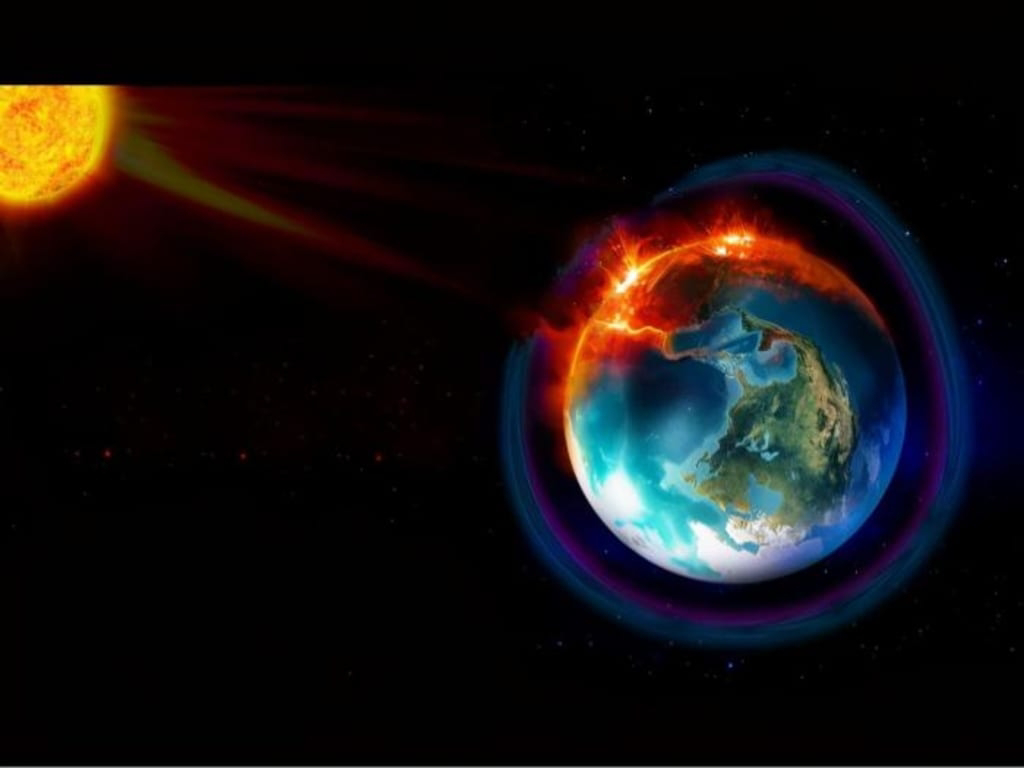Unraveling the Ozone Layer Hole: A Global Concern
Unraveling the Ozone Layer Hole: A Global Concern
Introduction:
The Earth's ozone layer, a vital shield against harmful ultraviolet (UV) radiation from the sun, has been facing a significant threat in the form of the ozone layer hole. This phenomenon, predominantly observed over Antarctica, has garnered widespread attention due to its potential impact on human health, ecosystems, and the environment. In this blog, we will delve into the causes, consequences, and global efforts to address the ozone layer hole.
Causes of the Ozone Layer Hole:
Ozone-Depleting Substances (ODS):
The primary culprits behind the depletion of the ozone layer are human-made chemicals known as ozone-depleting substances. Chlorofluorocarbons (CFCs), halons, carbon tetrachloride, and methyl chloroform are among the key contributors. These substances release chlorine and bromine atoms when they reach the stratosphere, initiating a chain reaction that breaks down ozone molecules.
Polar Stratospheric Clouds:
Antarctica experiences unique meteorological conditions, particularly during the polar winter. Extremely low temperatures lead to the formation of polar stratospheric clouds, providing a platform for chemical reactions that accelerate ozone depletion. When sunlight returns to the region in spring, these clouds contribute to the release of ozone-depleting substances.
Consequences of Ozone Layer Depletion:
Increased UV Radiation:
With the ozone layer weakened, higher levels of UV radiation reach the Earth's surface. This poses serious risks to human health, causing skin cancers, cataracts, and immune system suppression. It also endangers marine life, terrestrial ecosystems, and agriculture.
Impact on Climate:
Ozone depletion can influence atmospheric circulation patterns, potentially affecting weather and climate. The interplay between ozone loss and climate change is a complex dynamic that scientists continue to study.
Global Efforts to Address the Ozone Layer Hole:
Montreal Protocol:
A landmark international treaty, the Montreal Protocol, was adopted in 1987 to phase out the production and consumption of ozone-depleting substances. The protocol has been highly successful, leading to a significant reduction in the use of such substances and contributing to the recovery of the ozone layer.
Scientific Research and Monitoring:
Continuous scientific research and monitoring play a crucial role in understanding the ozone layer hole's dynamics. Satellite observations, ground-based measurements, and atmospheric modeling help track ozone levels and assess the effectiveness of regulatory measures.
Conclusion:
While significant strides have been made in mitigating ozone layer depletion, the issue remains a global concern that necessitates ongoing collaboration and vigilance. Continued adherence to international agreements, combined with advancements in scientific understanding, will be key to preserving and restoring the Earth's vital ozone layer.




Comments
Post a Comment